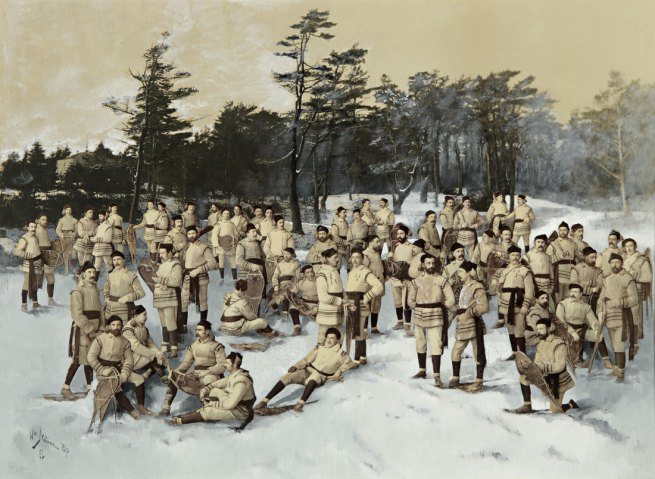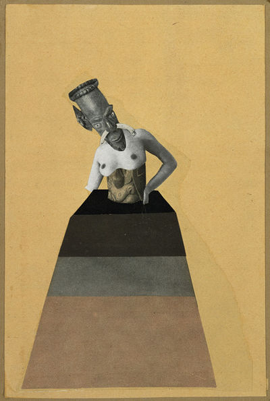Photo montages are multiple photos all put together to create a new image by glueing, sticking, cutting, layering/overlapping and rearranging images either through photoshop of physically creating a new image.
The first show of photo montage was in Germany in 1931 and the term photo montage became known are the end of the first World War but the first montage was made in 1857 and was called “The Two Ways of Life” which was famously created by Oscar Gustave Rejlander in the mid Victorian ages. As well as Rejlander, Henry Preach Robinson followed behind him with his work such as “Fading Away” created in 1858.

Rejlander 
Notman
William Notman (Montreal) used photo montage to create huge social events that couldn’t be captured whilst creating a film in that generation. Notman had a studio where Montrealers could dress up and appear as if they’re taming the elements whilst staying indoors.
Another Photographer who is more recent, Hannah Hoch, is known for her political photo montages and collages. She became associated with the Berlin Dada group ( mostly male artists) and she exhibited in their exhibitions such as the First International Dada Fair in Berlin in 1920.
She explored gender and identity in her work and criticized the concept of the “New Woman” in a humorous way in Weimar Germany. In Indian Dancer: From an Ethnographic Museum she combined images such as Cameroonian
Mask and the face of silent star Maria Falconetti. Hoch’s mixture of a traditional African mask and an iconic female celebrity as well astools that reference the style of the 1920s avant-grante theatre and fashion and offers an evocative commentary on feminist symbols of that time period.
Unfortunately, Hoch’s work was banned from exhibiting during the Nazi regime because her work didn’t meet the Nazi’s standards of what art should look like. In 1945, after the war, she began exhibiting again.


Other Photo Montage Artists




Peter Horvath




